By now, you've probably heard that seed oils aren’t great for your health—and for good reason. With all the media attention they’ve received, it’s no surprise that more people are trying to avoid them. However, there’s still some confusion around what fats are actually safe and healthy to use when cooking at home. Unfortunately, switching out your seed oils for extra-virgin olive oil isn’t the entire solution. Fats have different properties depending on how you’re using them, and some are better suited for certain cooking methods than others.
Here’s a quick breakdown of seed oils and why we avoid them, as well as a cheat sheet for choosing the right fats to cook with in your home.
What Are Seed Oils?
Seed oils are oils extracted from the seeds of plants like soybean, corn, canola, sunflower, and grapeseed. They’re packed with polyunsaturated fats, especially omega-6 fatty acids. While our bodies need omega-6s in moderation, too much of them—especially when not balanced by omega-3s—can cause a host of issues.
How Seed Oils Affect Your Health:
Inflammation: Excess omega-6 fatty acids can promote chronic inflammation.
Cell Damage: These fats oxidize easily, forming free radicals that damage cells.
Metabolic Health: Research suggests excessive seed oil consumption contributes to obesity, insulin resistance, and heart disease.
Hormonal Impact: Omega-6s can affect hormone production and may disrupt balance in the body.
The Problem with Cooking Fats
The issue isn’t just avoiding seed oils—it’s about choosing the right fat for the right temperature. Here’s why it matters:
Oxidation & Free Radical Formation: Oils like sesame or macadamia oil break down at high heat, producing harmful free radicals.
Smoke & Toxic Compounds: When fats reach their smoke point, they burn and release toxic compounds that can harm your lungs and ruin the flavor of your food.
Nutrient & Flavor Loss: Heat-sensitive oils (like extra-virgin olive oil) lose antioxidants and beneficial compounds when overheated.
Poor Cooking Performance: Unstable oils can lead to greasy, nasty-tasting, or soggy food.
The key is using the right fats for the right cooking methods. Below, I’ve listed the best fats for high-heat and low-heat cooking, along with some trusted brands to help you make the best choices for you and your family.
Best Fats for High-Heat Cooking
These fats are stable, have high smoke points, and won’t break down easily under heat, making them perfect for frying, roasting, or searing.
Beef Tallow
Best For: Frying, roasting, deep frying
What to Look For: Grass-fed and properly rendered, free of additives
Coconut Oil
Best For: Baking, sautéing, medium-high heat cooking
What to Look For: Organic, cold-pressed, unrefined
Ghee (Clarified Butter)
Best For: Searing, roasting, pan-frying
What to Look For: Grass-fed, clarified for a higher smoke point, no additives
Duck Fat
Best For: Roasting, frying, sautéing
What to Look For: Free-range and ethically sourced
Avocado Oil
Best For: Searing, grilling, high-heat cooking
What to Look For: Cold-pressed, extra virgin
Note: Watch out for avocado oil blends! Some are mixed with cheaper oils like soybean or canola (and they don’t need to disclose it to the consumer). Always look for “100% pure avocado oil” on the label.
Best Fats for Low-Heat Cooking
These fats are perfect for drizzling, dressings, or finishing dishes because they’re rich in nutrients, antioxidants, and flavor.
Extra Virgin Olive Oil
Best For: Salad dressings, finishing
What to Look For: First cold-pressed, extra virgin
Butter
Best For: Low-heat cooking, baking, finishing dishes
What to Look For: Grass-fed, unsalted
Cold-Pressed Macadamia Oil
Best For: Drizzling, dressings, and finishing dishes
What to Look For: Cold-pressed, unrefined, and stored in a glass bottle
Why Macadamia Oil? It’s rich in monounsaturated fats, has a buttery flavor, and is more stable than other nut oils, like walnut oil. Plus, it has a higher smoke point, making it slightly more versatile.
Cold-Pressed Sesame Oil
Best For: Drizzling, salad dressings, finishing Asian-inspired dishes
What to Look For: Cold-pressed (not toasted), unrefined
Why Cold-Pressed Sesame Oil? Cold-pressed oil is extracted without heat, preserving its nutrients, antioxidants, and beneficial fatty acids. Toasted sesame oil is flavorful but often lower in nutrients because it’s roasted at high temperatures.
Conclusion
Choosing the right fat is essential for both your health and your cooking results. By selecting stable fats for high-heat cooking and nutrient-dense oils for low-heat use, you can avoid the harmful effects of seed oils and bring out the best in your food.
Remember to look for high-quality, unrefined, and additive-free options to maximize health benefits and flavor.
The next time you're shopping for fats, consider this guide and pick up one (or more!) of these healthier alternatives.








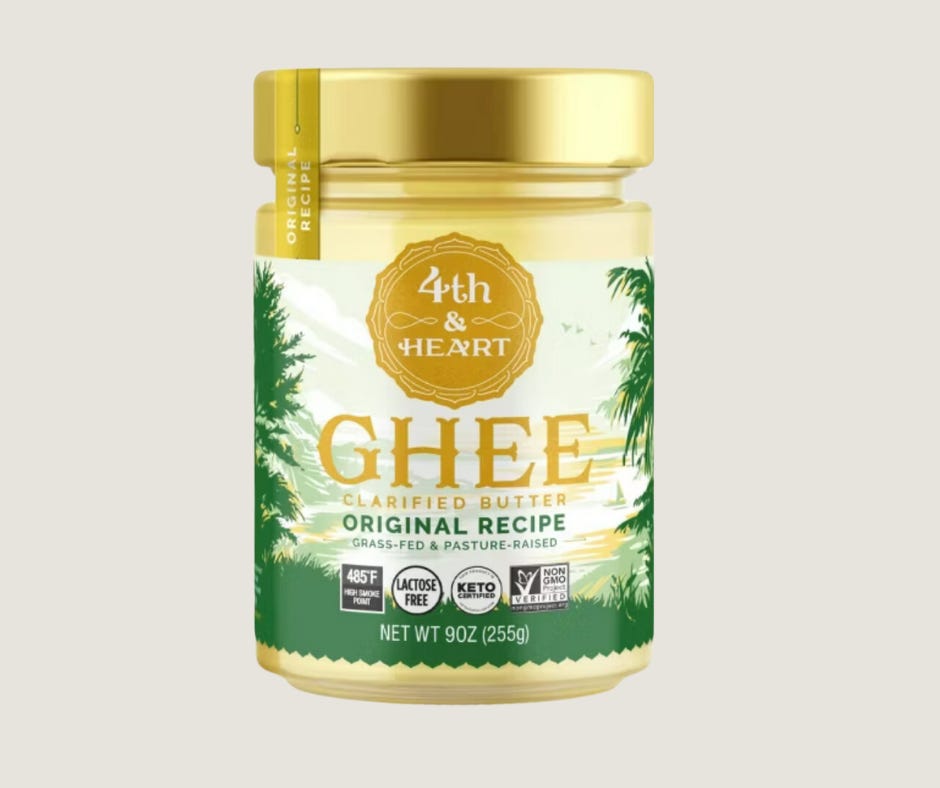
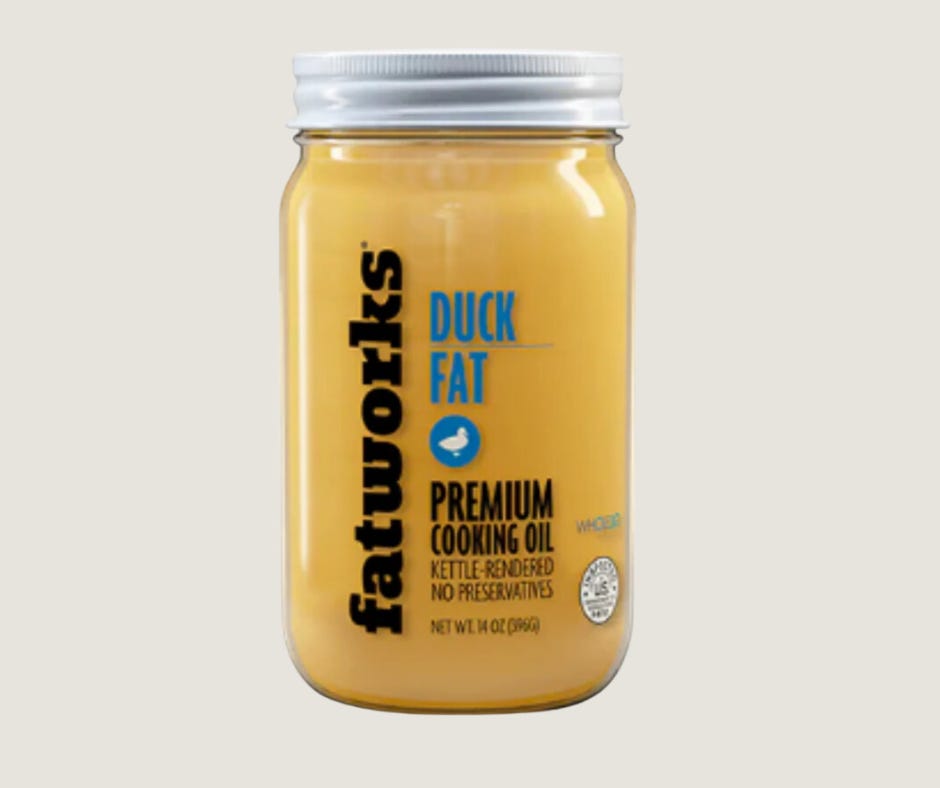
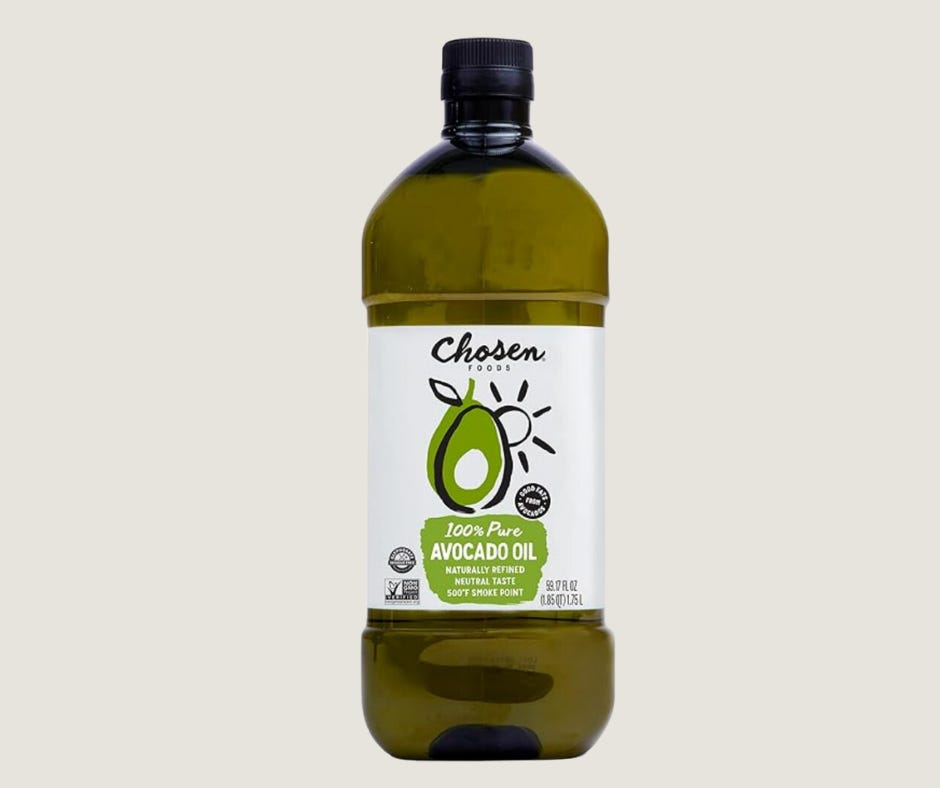
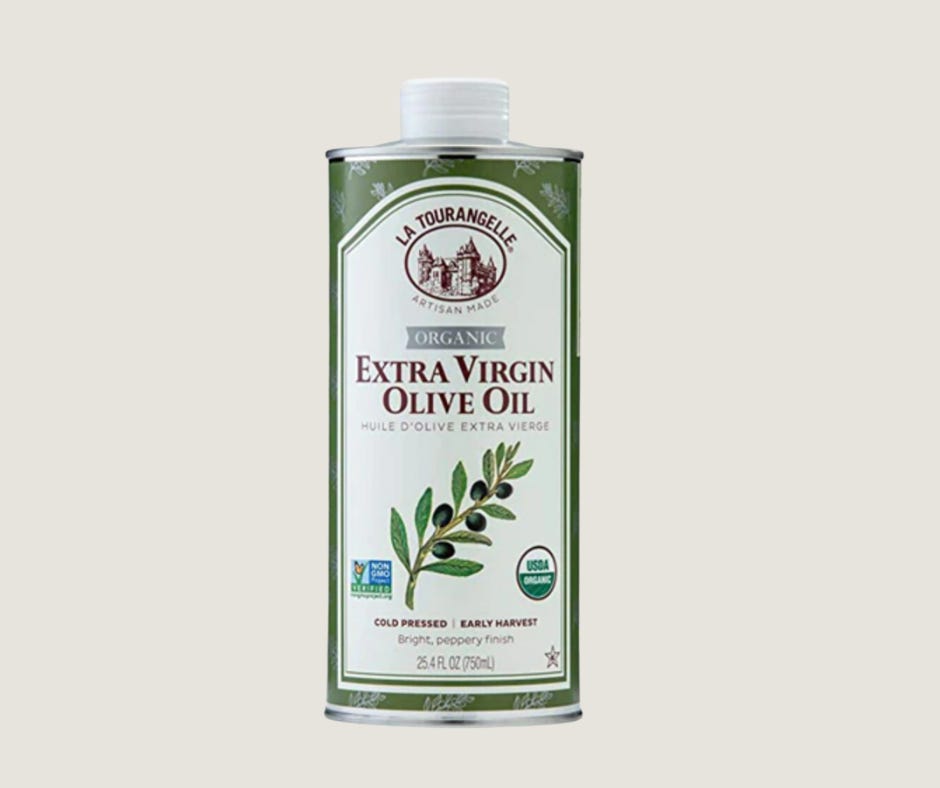
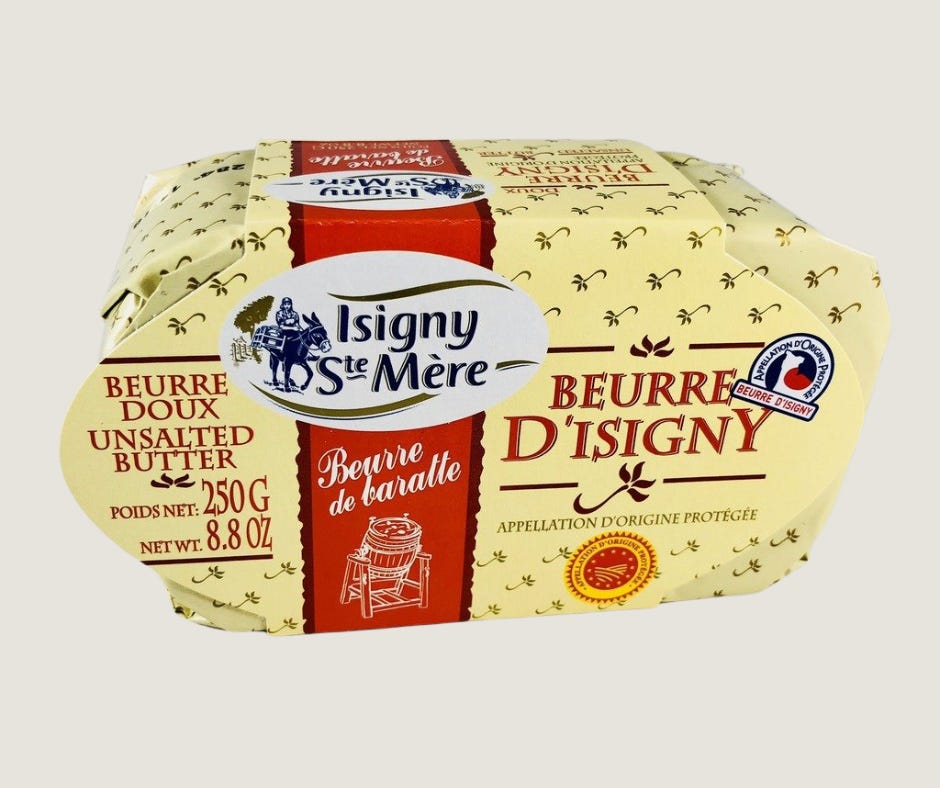
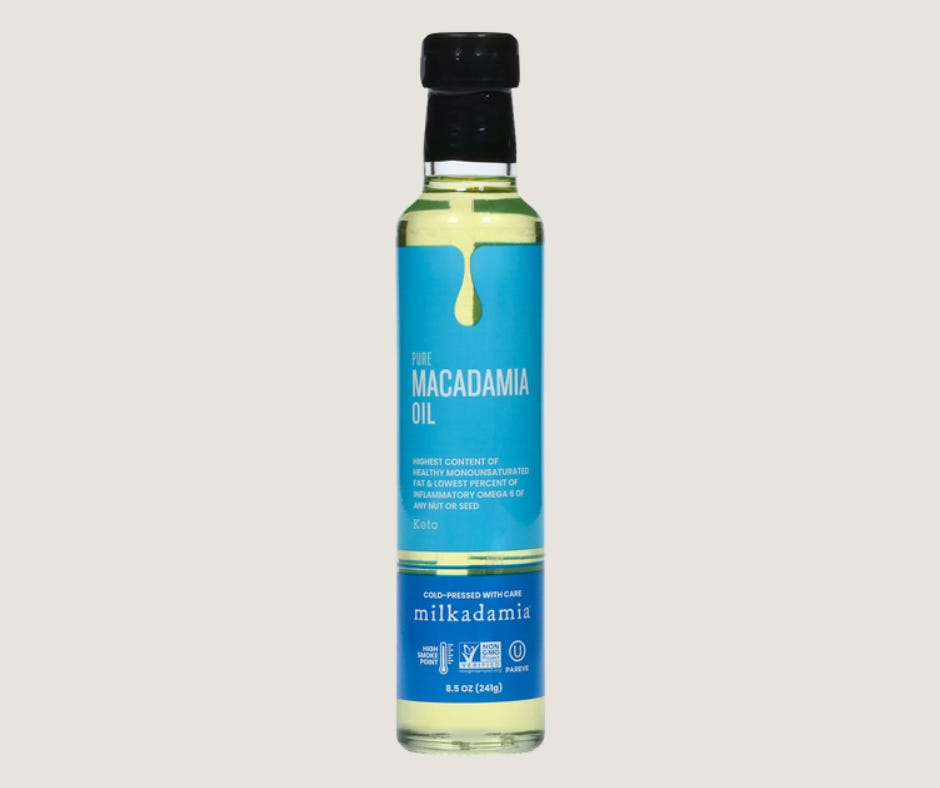
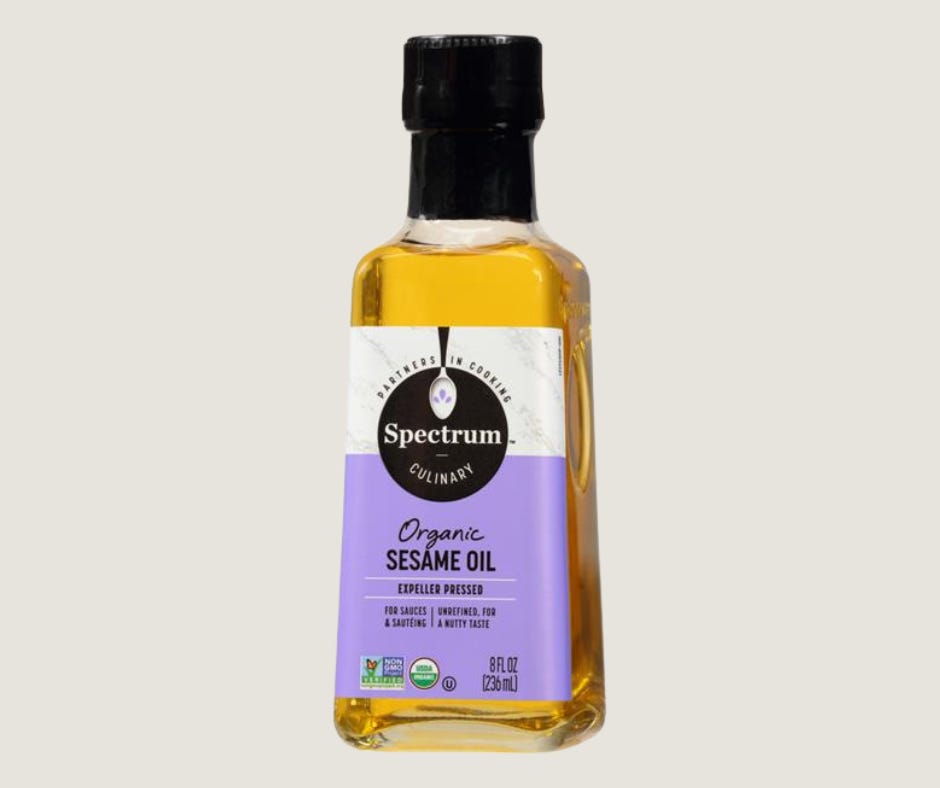
Thank you!! I’ve been working to rid seed oils from my diet for a couple of years now (they are in everything!). But what I’ve also noticed is an improvement in my shortness of breath!! Reduced!! Amazing!! Anyway, thank you for this important info!! 😊
I use coconut oil and peanut oil